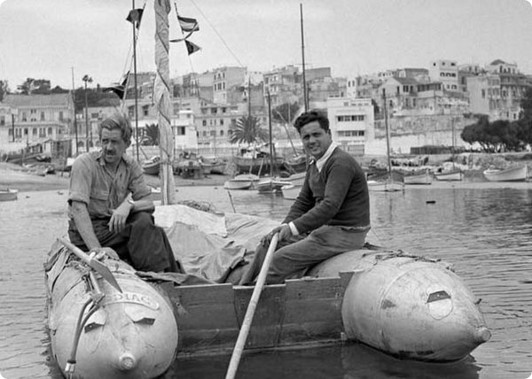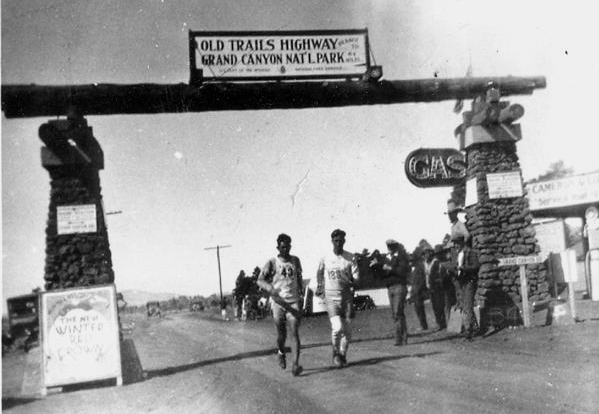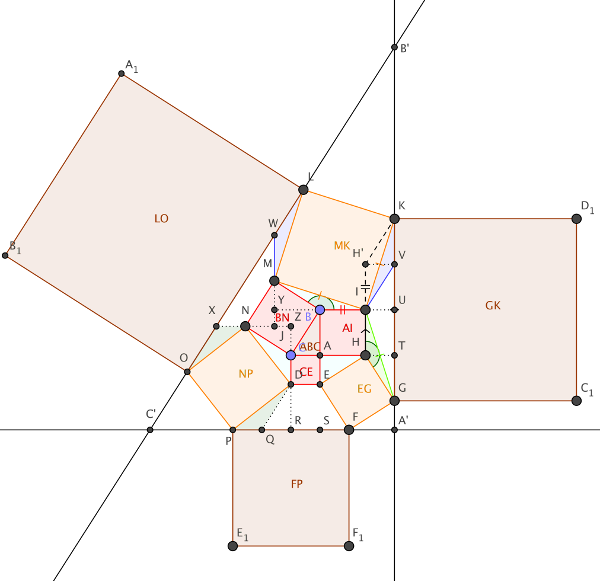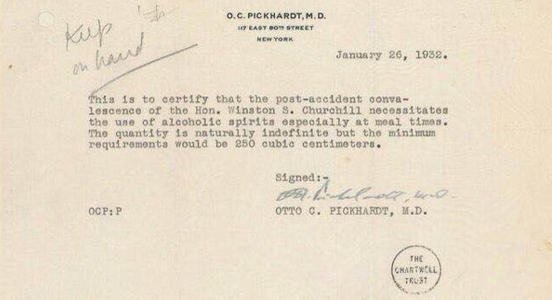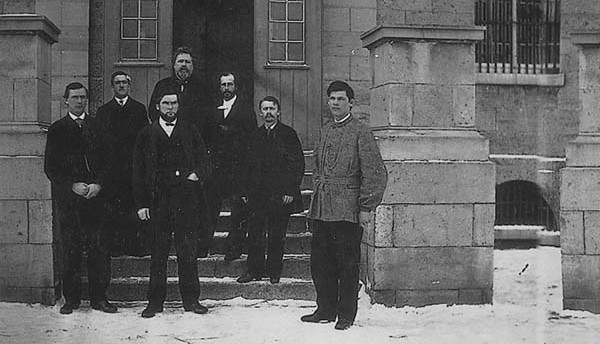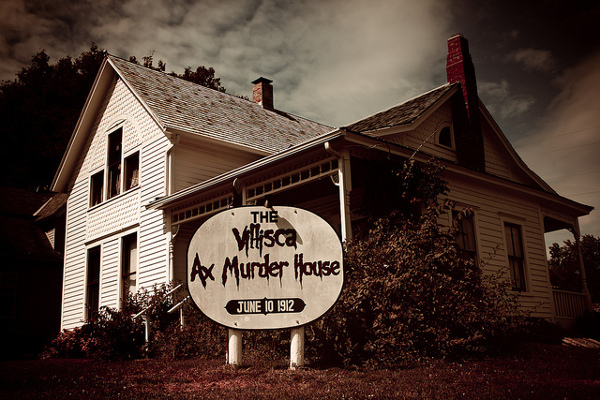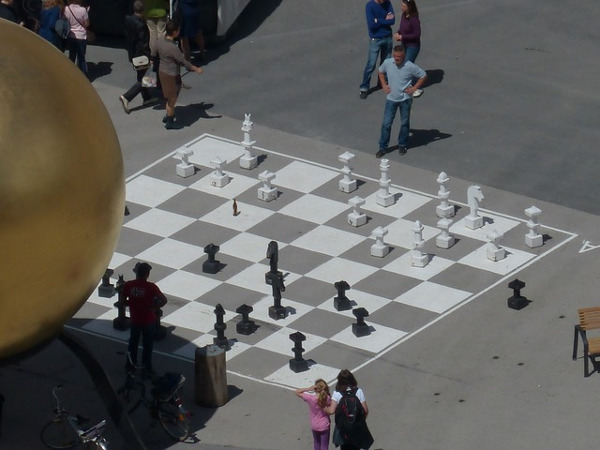In 1895, hoping to marry sound and pictures, William Kennedy Laurie Dickson played a violin into a phonograph horn in Thomas Edison’s experimental film studio, and the sound was recorded on a wax cylinder.
The experiment went well, but the team made no attempt to unite sound and image at the time. The film portion remained well known, but the wax cylinder drifted into another archive and was rediscovered only in the 1960s. It wasn’t until 2000 that film editor Walter Murch succeeded in adding the music to the long-famous fragment, and Dickson’s violin could finally be heard.
The vignette, now the oldest known piece of sound film, shows that sound was not a late addition to moviemaking, film preservationist Rick Schmidlin told the New York Times. “This teaches that sound and film started together in the beginning.”
